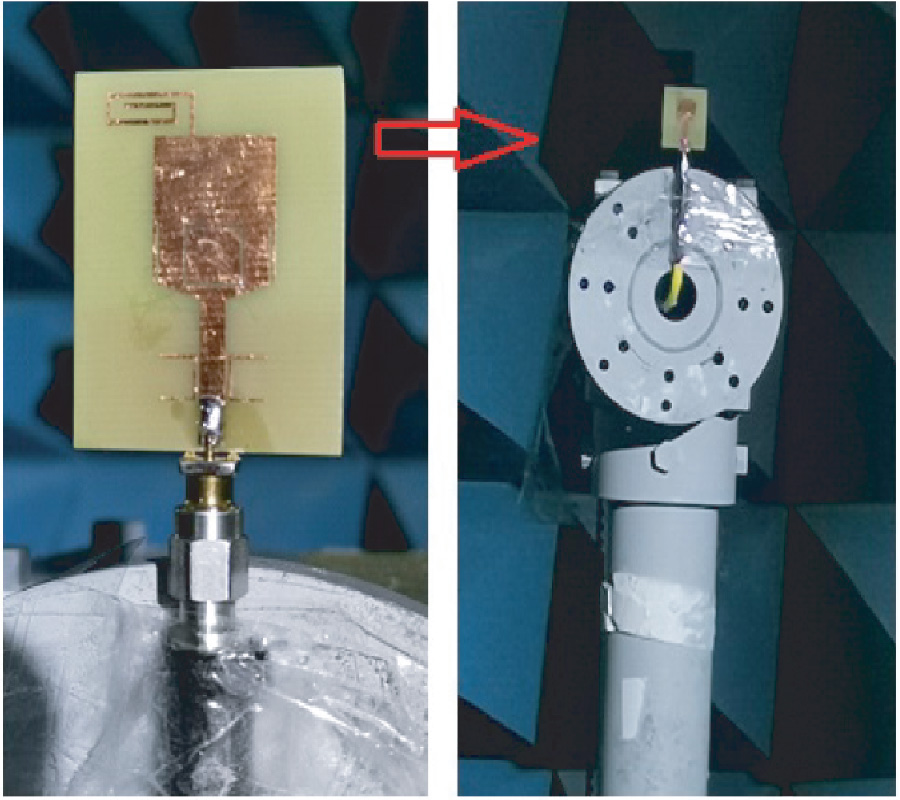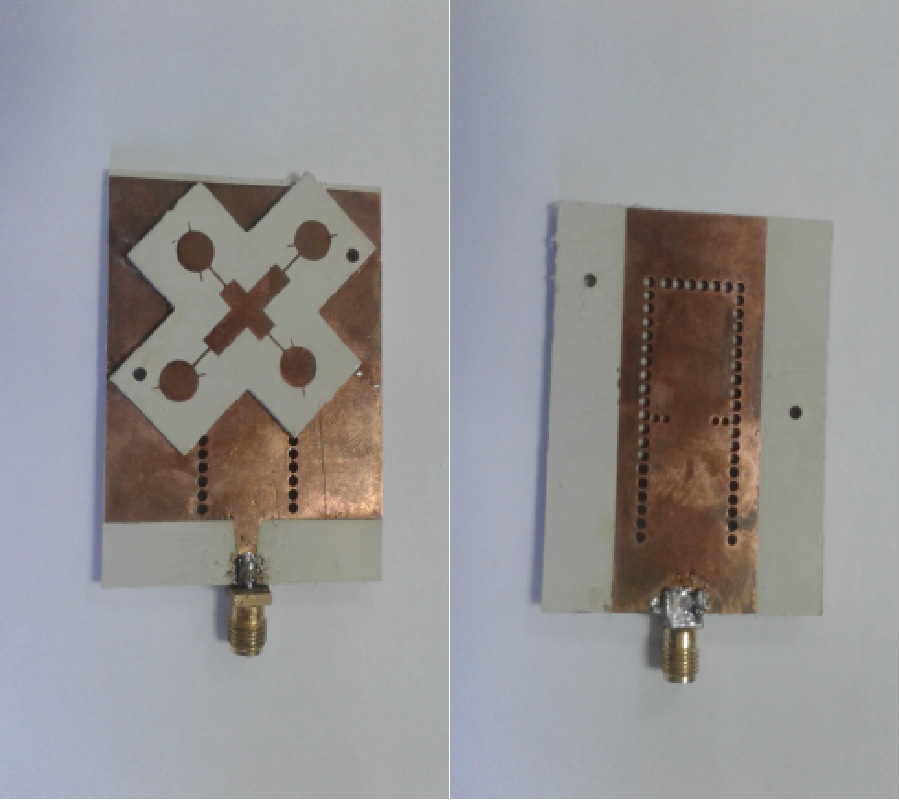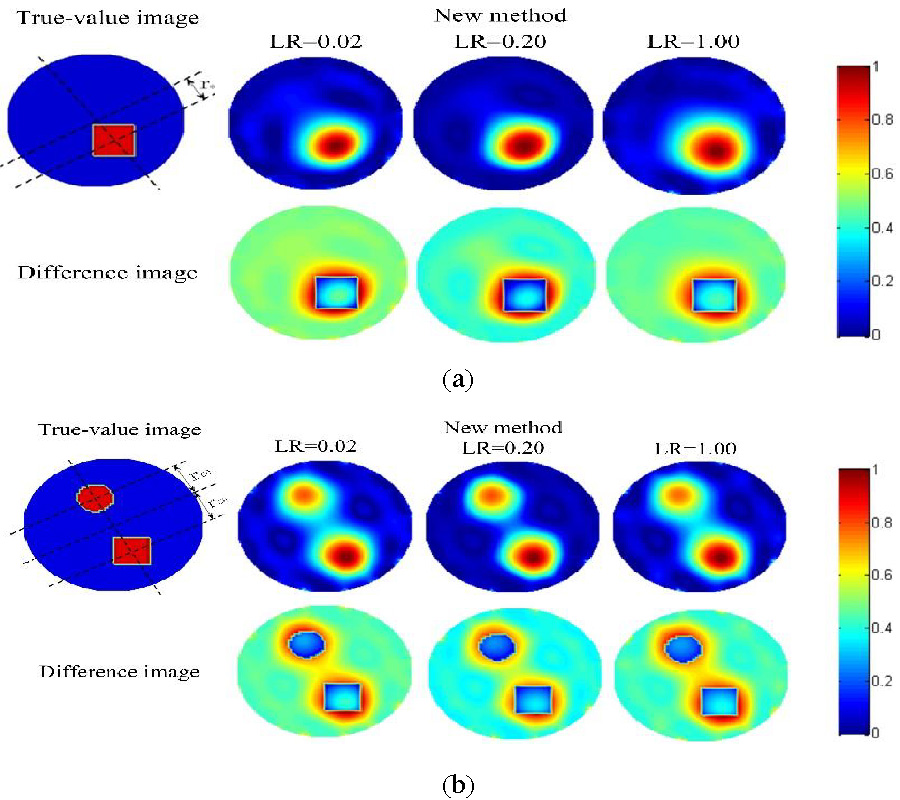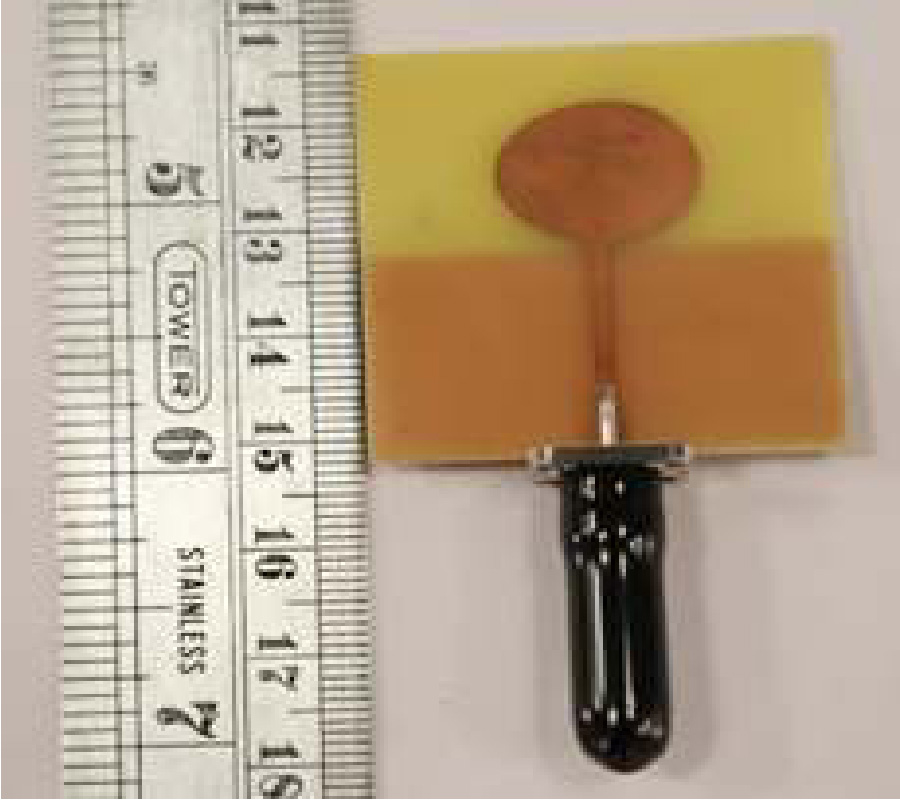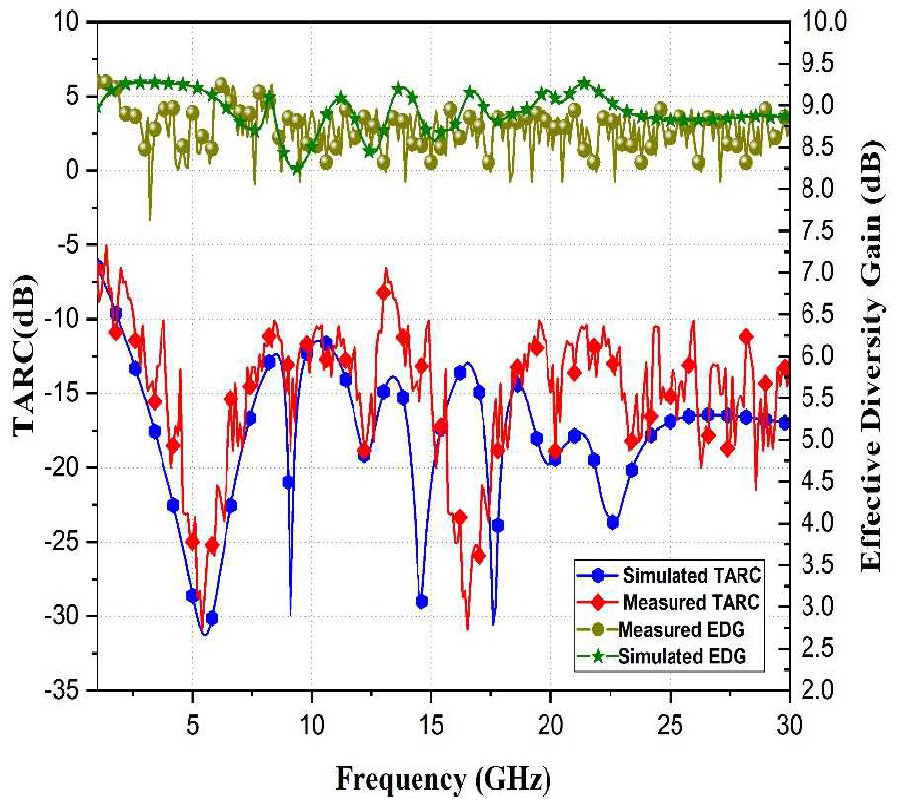The Design of a Compact Quintuple Band-Notched UWB Antenna
Xia Cao,
Yingqing Xia,
Ling Wu,
Lei Lang and
Li Cui
Due to suppressing the interference from WLAN (2.4-2.484 GHz), WiMAX (3.3-3.7 GHz), INST (4.5-4.8 GHz), X-band (7.25-7.75 GHz) and ITU band (8.01-8.5 GHz) signals in ultra-wideband (UWB) communication systems, a novel UWB antenna with five notch bands is proposed. Based on the methodologies of loading parasitic stubs and etching slots, the antenna is designed with five band rejection elements: a curved stub, a split square ring-shaped slot and a pair of vertical slots introduced in the patch, two C shaped stubs symmetrically set near the feed line, and a pair of L-shaped slots etched on the ground plane. The test results show that the antenna operating from 1.95 to 10.73 GHz is capable of rejecting the frequency bands around 2.4 GHz, 3.5 GHz, 4.6 GHz, 7.5 GHz, and 8.4 GHz. Meanwhile, in passbands the antenna has approximate omnidirectional radiation patterns and a peak gain higher than 1.7 dBi. The proposed antenna with dimensions of 31 × 35 × 1.5 mm3 is simple in structure and meets the requirements of UWB systems applications.

